Cloud Penetration Testing involves assessing the security of cloud infrastructure and services to identify vulnerabilities and weaknesses that could be exploited by attackers. It ensures the security and integrity of data and applications hosted in cloud environments.
How It's Performed:
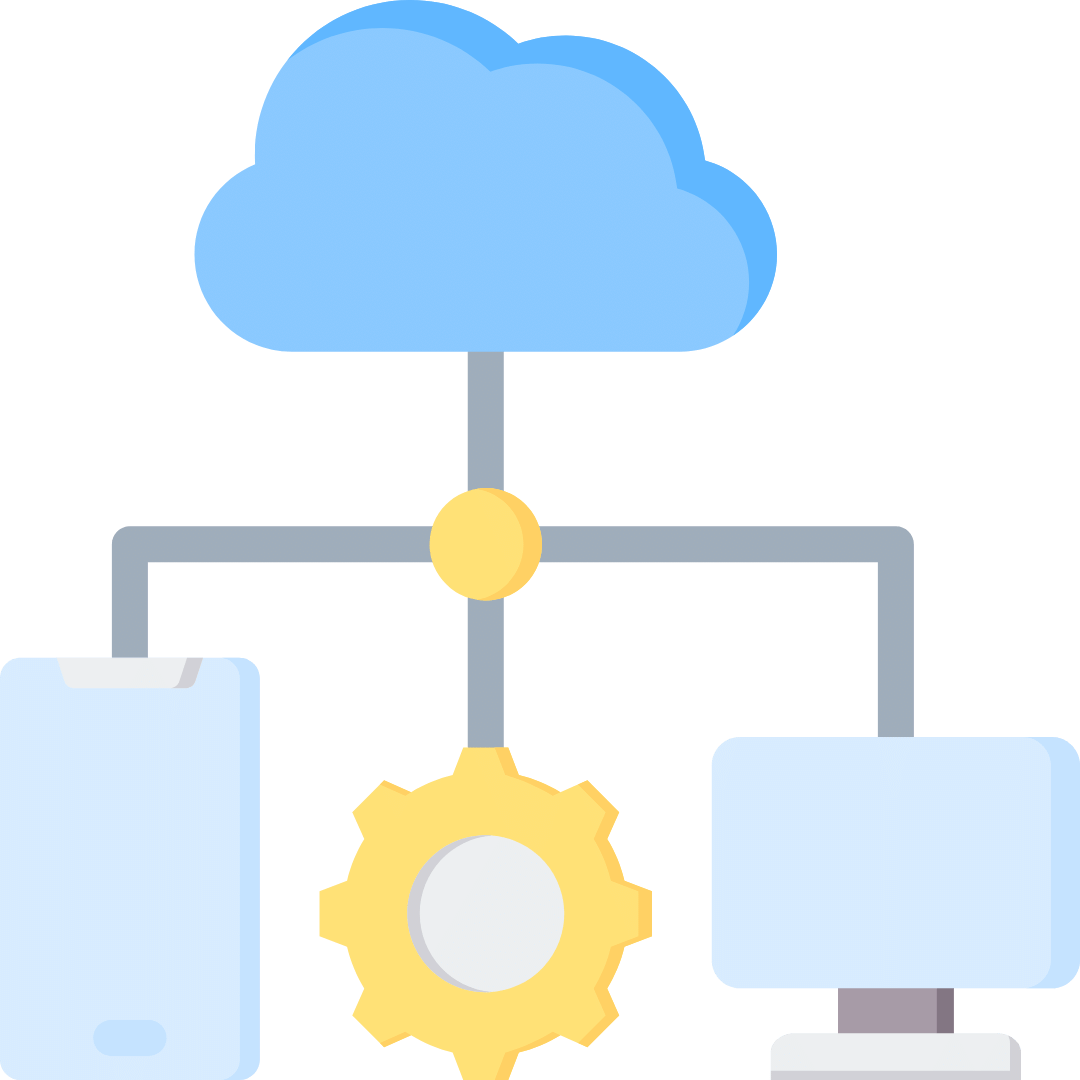
Reconnaissance
Understanding the cloud infrastructure, services, and configurations.

Threat Modeling
Identifying potential threats and attack vectors based on the cloud environment's architecture and components.
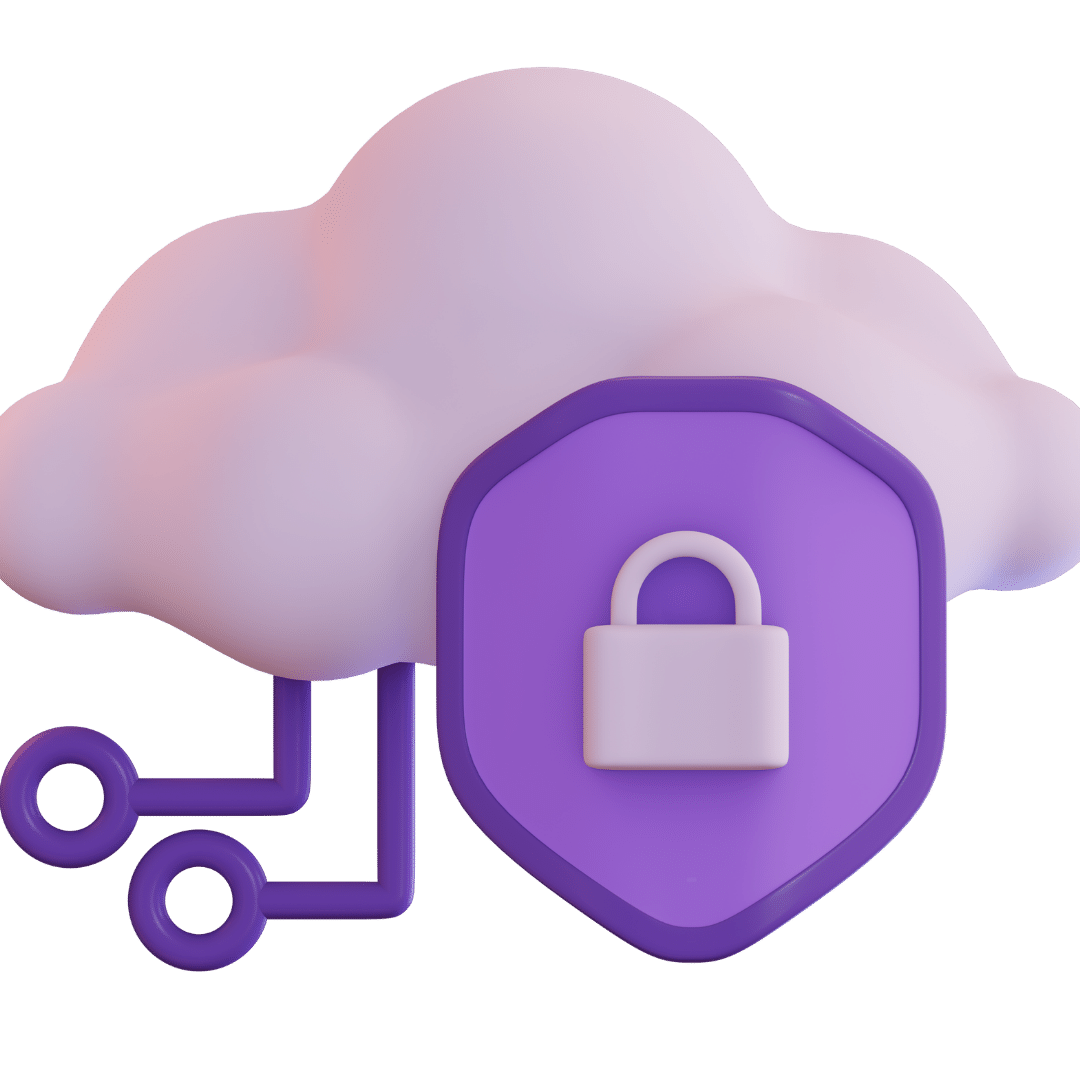
Static Analysis
Analyzing configurations, access control policies, and security groups to identify misconfigurations and vulnerabilities.
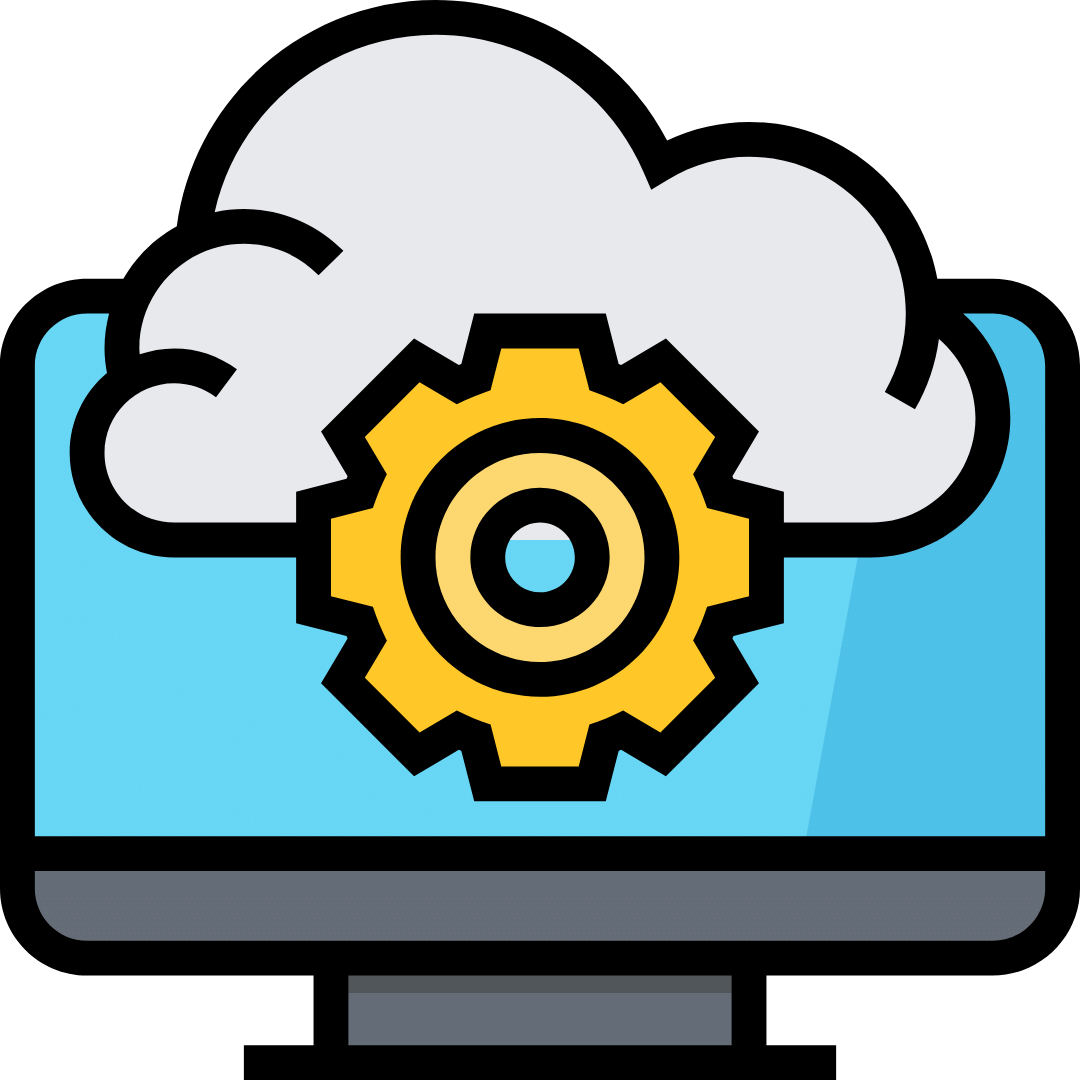
Dynamic Analysis
Testing the cloud environment in real-time to identify security vulnerabilities while it's operational.

Network Analysis
Monitoring network traffic within the cloud environment to detect vulnerabilities related to data transmission and communication.
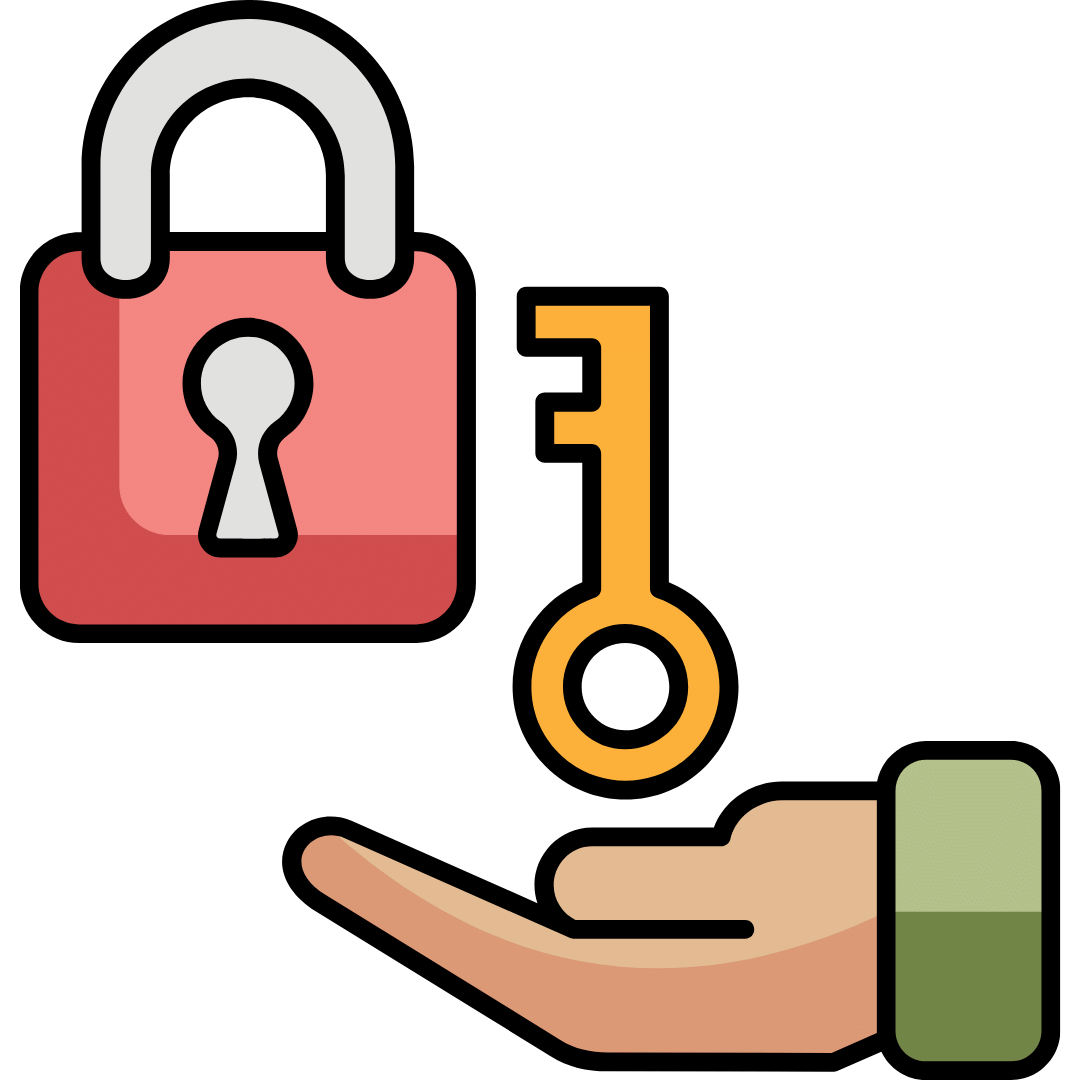
Identity and Access Management (IAM) Testing
Assessing the effectiveness of IAM policies, roles, and permissions to ensure proper access controls.
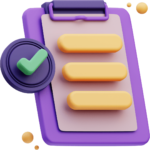
Data Security Testing
Reviewing data encryption, storage, and transmission practices to ensure data confidentiality and integrity. .

API Security Testing
Testing the security of APIs used for managing cloud resources and services.
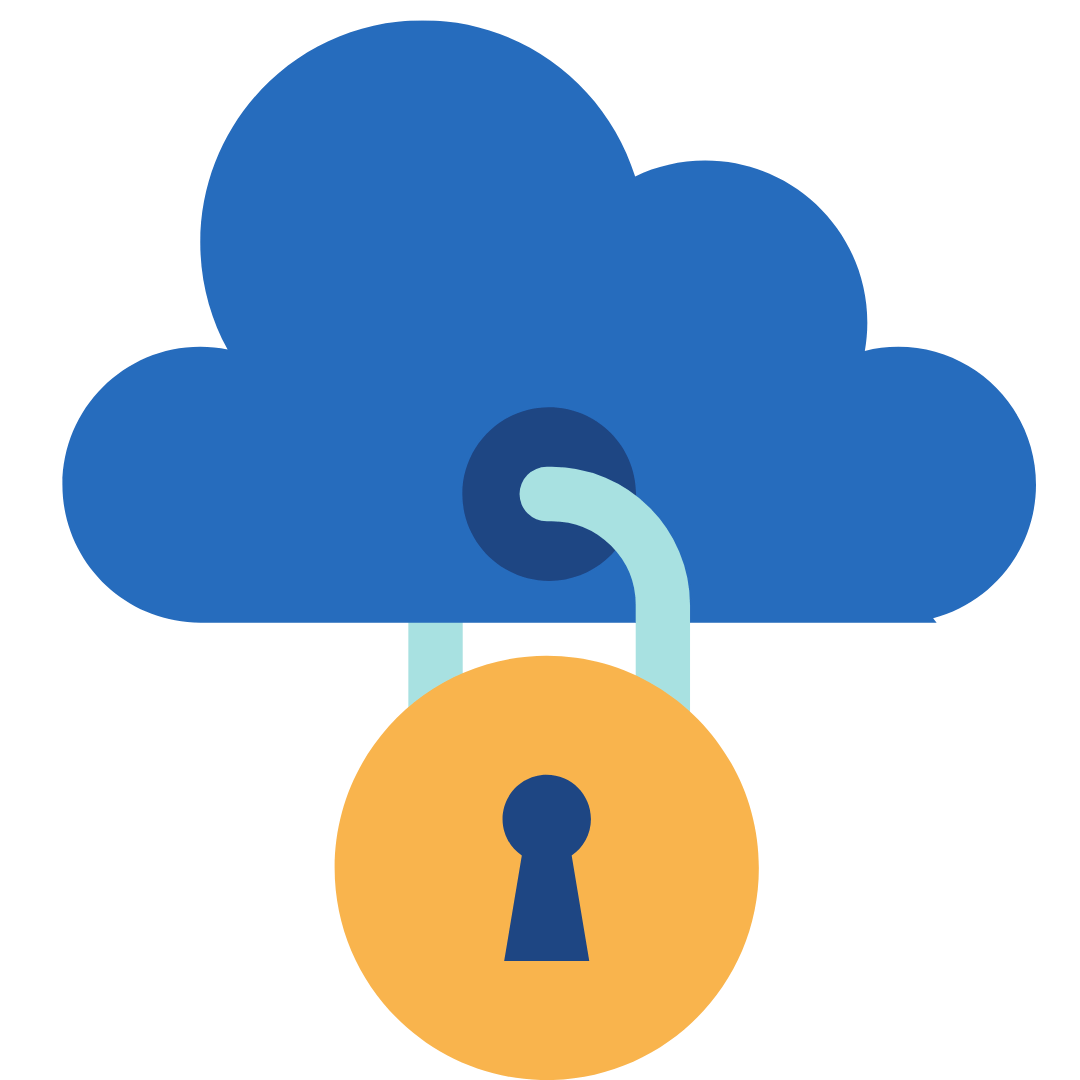
Container Security Testing
Assessing the security of containers and container orchestration platforms for vulnerabilities and misconfigurations.

Logging and Monitoring Testing
Evaluating the effectiveness of logging and monitoring solutions to detect and respond to security incidents.
Process of Web Penetration Testing:
1. Information Gathering
2. Vulnerability Scanning:
3. Manual Testing
4. Analysis and Reporting
5. Penetration Testing
6. Risk Assessment
7. Remediation Guidance
8. Reassessment
1. Information Gathering
2. Vulnerability Scanning:
3.Manual Testing
4. Analysis and Reporting
5. Penetration Testing
6. Risk Assessment
7. Remediation Guidance
8. Reassessment

Why It's Useful:
- Risk Mitigation: Identifies and addresses security vulnerabilities to reduce the risk of data breaches and unauthorized access in cloud environments.
- Compliance Requirements: Helps organizations meet regulatory standards for securing data and applications hosted in the cloud.
- Protects Reputation: Demonstrates a commitment to safeguarding sensitive information and maintaining trust with customers and stakeholders.
- Cost Savings: Identifies and mitigates security issues before incidents occur, reducing potential financial losses and reputational damage.
- Continuous Improvement: Regular testing helps organizations adapt to evolving threats and maintain the security posture of cloud environments over time.
Common Vulnerabilities for Cloud penetration testing
- Misconfigurations
- Data Breaches
- Malware/Ransomware
- Vulnerabilities
- Advanced Persistent Threats (APTs)
- Supply Chain Compromises
- Weak Identities and Credentials
- Security Misconfiguration
- Weak Access Management
- Insecure Interfaces and APIs
- Inappropriate Use or Abuse of Cloud Services
- Shared Services/Technology Concerns
Tools commonly used for Cloud Pentesting
Tools commonly used for Cloud Pentesting
Need penetration testing for your digital asset?
If yes, please fill the 'Get a Quote' form and submit it. Our security expert will be reaching you directly and take it forward.
Frequently Asked Questions?
Common security vulnerabilities found in cloud environments include misconfigurations, insecure interfaces and APIs, unauthorized access, data breaches, inadequate identity and access management (IAM), insider threats, and insufficient logging and monitoring.
Common tools and techniques for cloud penetration testing include AWS CLI/SDK, Azure CLI, Google Cloud SDK, Terraform, CloudSploit, ScoutSuite, CloudMapper, Cloud Custodian, and OWASP Amass. These tools help in identifying vulnerabilities such as misconfigurations, insecure APIs, and unauthorized access in cloud environments.
To test for IAM vulnerabilities in a cloud environment, we typically:
- Review IAM policies and roles for over-permissive permissions.
- Test for weak or shared credentials.
- Verify proper segregation of duties.
- Assess multi-factor authentication implementation.
- Check for IAM privilege escalation possibilities.
To ensure the security of APIs used for managing cloud resources, we typically:
- Implement proper authentication mechanisms like OAuth or API keys.
- Use HTTPS to encrypt data transmission.
- Validate and sanitize input parameters to prevent injection attacks.
- Implement rate limiting and throttling to protect against abuse.
- Monitor and log API requests for suspicious activity.
- Regularly update and patch API endpoints to address vulnerabilities.
Assessing the security of data storage and encryption in a cloud environment involves reviewing encryption mechanisms, encryption key management practices, and data storage configurations. Techniques such as data discovery scans, vulnerability assessments, and manual security audits can help identify potential vulnerabilities in data storage and encryption practices. Remediation involves implementing strong encryption algorithms, proper key management procedures, and secure data storage configurations.
Protecting against SSRF attacks involves implementing proper input validation and whitelisting of allowed URLs or IP addresses in cloud configurations. Additionally, using virtual private clouds (VPCs), network access controls, and web application firewalls (WAFs) can help mitigate the risk of SSRF attacks. Regular security monitoring and logging can also help detect and respond to SSRF attacks in real-time.
Assessing the security of containerized environments involves reviewing container configurations, image security practices, access controls, and network segmentation. Tools such as Docker Bench for Security, Kubernetes Goat, and manual security assessments can help identify vulnerabilities in containerized environments. Remediation involves implementing secure container configurations, regularly updating container images, and enforcing access controls and network policies.
Compliance with regulatory standards such as GDPR, HIPAA, PCI DSS, and industry-specific regulations is crucial in cloud penetration testing. Penetration testing helps assess compliance with regulatory requirements by identifying security weaknesses and vulnerabilities that may impact data privacy, confidentiality, and integrity. Remediation involves addressing security issues identified during penetration testing to ensure compliance with relevant regulations and standards.
Ensuring the security of serverless architectures and functions involves implementing proper authentication and authorization mechanisms, securing function invocations, and enforcing least privilege access controls. Techniques such as code reviews, static code analysis, and runtime security monitoring can help identify and mitigate security risks in serverless environments. Additionally, implementing secure coding practices and integrating security testing into the development lifecycle can help prevent vulnerabilities in serverless functions.
Mitigating the risk of data breaches and unauthorized access in a multi-tenant cloud environment involves implementing strong access controls, encryption, and network segmentation. Techniques such as role-based access control (RBAC), attribute-based access control (ABAC), and encryption of data at rest and in transit can help protect sensitive data from unauthorized access. Additionally, regular security assessments, monitoring, and incident response planning are essential to detect and respond to security incidents in a multi-tenant cloud environment.

